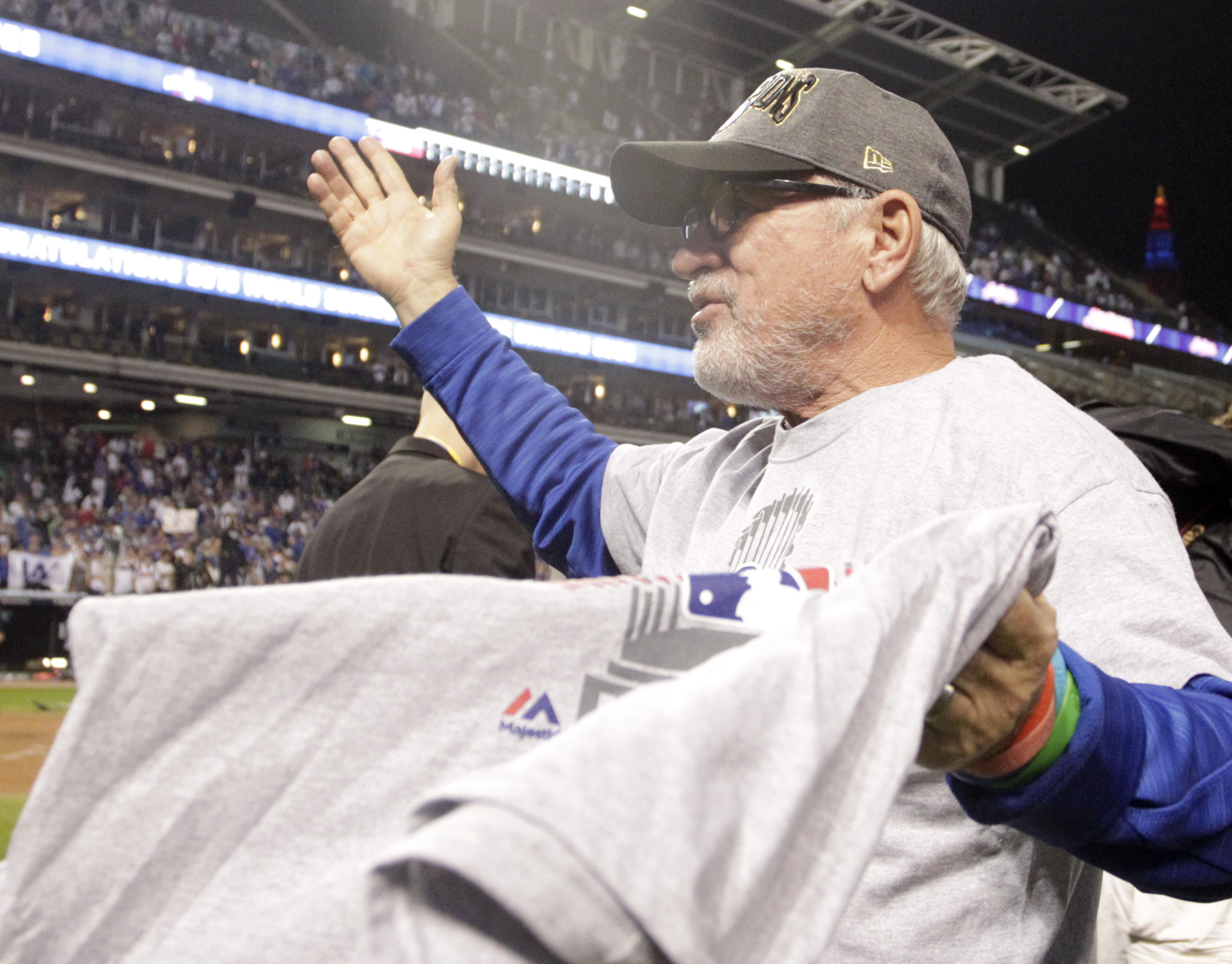This piece, written by Baseball Prospectus’s Matthew Trueblood, forms part of the main site’s comprehensive coverage of the postseason, “Playoff Prospectus”.
There’s real freedom in a Game 7. A manager has just one imperative: win this game. Even in a Game 6, a skipper will draw criticism (and perhaps do genuine damage) if he makes a poor decision with regard to some future contest. Just ask Joe Maddon. He entered Wednesday night’s winner-take-all contest with the strange usage of Aroldis Chapman in Game 6 hanging around his neck, and the daunting task of getting 27 outs with a bullpen he largely didn’t trust. Since it was Game 7, though, he had a path to that destination.
Meanwhile, Terry Francona had managed Game 6 almost flawlessly—despite being blown out. He didn’t use Andrew Miller or Cody Allen, keeping them available for as much work as they could possibly handle in Game 7. Heading into Wednesday night, though, the onus to turn the tide rested with Francona.
There weren’t many difficult pregame decisions for either manager. Maddon chose Willson Contreras as his starting catcher. He might have chosen David Ross right off the bat, knowing there was some chance he would want to bring Ross in to work with Jon Lester in the middle innings, but he clearly felt that Contreras had a better chance againstCorey Kluber. He also chose Jason Heyward as his starting right fielder, over Chris Coghlan, Jorge Soler, and Albert Almora.
That sentence is not meant to suggest that any of those guys were better options than Heyward. Unfortunately for the Cubs, none of those four players had a good postseason at the plate, so there was no reason for Maddon to play a hot hand instead of his struggling right fielder, and there was every reason to believe Heyward might make a defensive play, or a play on the bases, that none of the other three would. The only notable thing about that choice is that Maddon faced it.
Francona decided to take a little bit more of a chance. He slotted Rajai Davis into the seventh slot in the batting order and sent him into center field, rather than sticking with struggling rookie Tyler Naquin. Kyle Hendricks has a fairly straightforward platoon split, so that wasn’t a matchup play. Rather, it was an expression of faith in a veteran at the expense of a rookie, in a batter whose swing still seemed quick over one who seemed to be wearing down—and perhaps, in a player with a better defensive reputation. Funny thing about that. We’ll get there later.
To read the rest of this piece, head over to the main site.
Lead photo courtesy of Charles LeClaire—USA Today Sports
